I've been getting up to speed with R in the last month.
Here is my question:
What is a good way to assign colors to categorical variables in ggplot2 that have stable mapping? I need consistent colors across a set of graphs that have different subsets and different number of categorical variables.
For example,
plot1 <- ggplot(data, aes(xData, yData,color=categoricaldData)) + geom_line()
where categoricalData has 5 levels.
And then
plot2 <- ggplot(data.subset, aes(xData.subset, yData.subset,
color=categoricaldData.subset)) + geom_line()
where categoricalData.subset has 3 levels.
However, a particular level that is in both sets will end up with a different color, which makes it harder to read the graphs together.
Do I need to create a vector of colors in the data frame? Or is there another way to assigns specific colors to categories?




